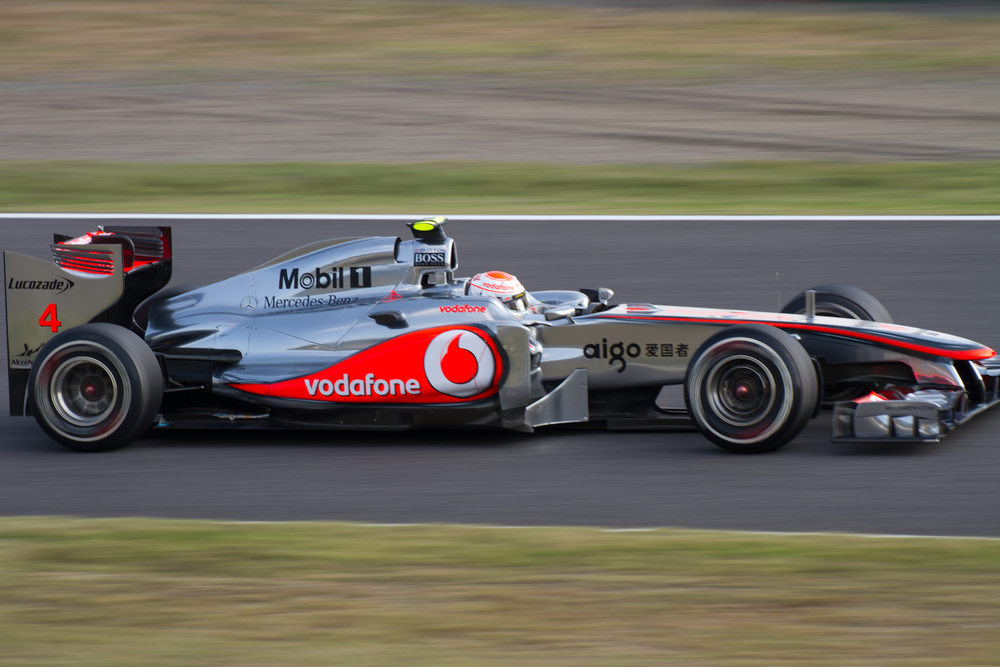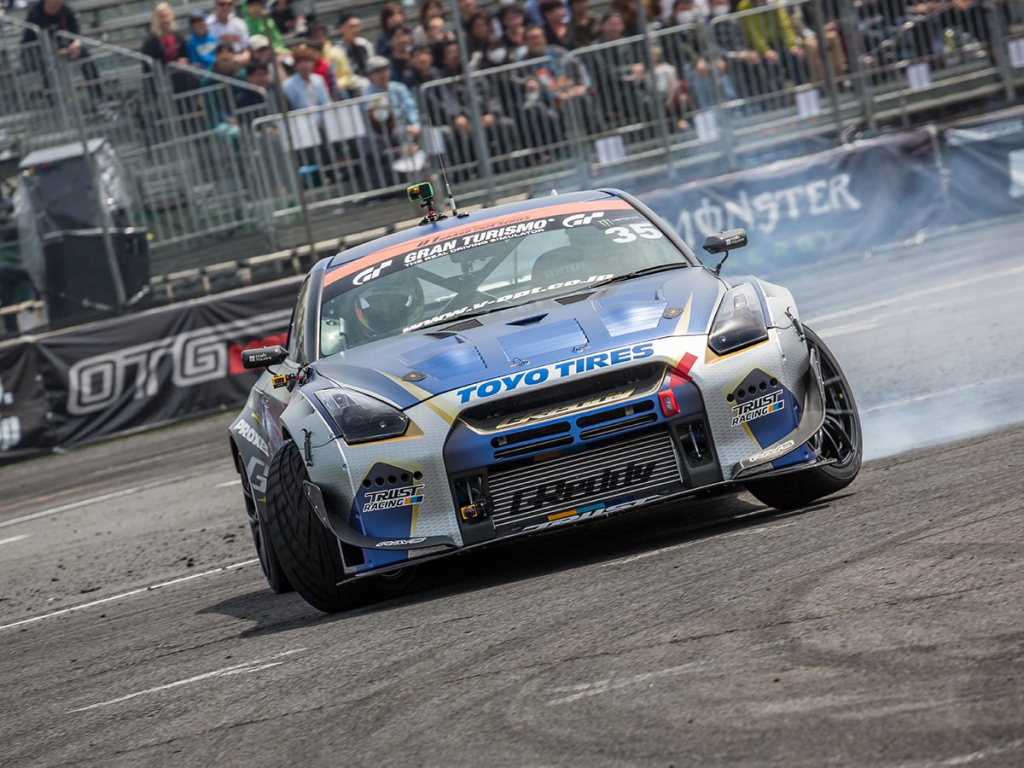There are two things that are big in Japan: sport and cars. OK, so there might be a few more things than that, but they are a major part of modern life. Indeed, if you take the average weekend in Japan, Statista data shows that 33.4% of sports fans will be watching baseball, while 25.3% will be cheering for their favorite football team. On the car front, Japan is not only home to the likes of Toyota, Nissan and Suzuki, but also has a thriving car modification subculture. From bosozoku to itasha, petrolheads across the country spend their spare time tuning their engines and adding bling to their rides.
Racing Fans Willing to Bet on their Passion
This love of sport and cars has translated into a thriving Japanese racing scene. By far the most famous and prestigious race in the country is the F1 at Suzuka. First held in 1963, the race has seen many of Formula One’s greats take the checkered flag. Naturally, the average person can’t hop in their car and take on Lewis Hamilton, but they can get a similar adrenaline rush from the sidelines. With 1.4 billion people tuning in to watch the F1 season, the sport has become a hotbed for betting activity over the last decade. With online operators now offering odds on everything from the outright winner to whether a crash will occur, people have now turned racing into a weekend hobby.

kqlsm/Shutterstock.com
Although it’s not the largest contributor, Formula One betting is part of an industry that generates a gross gambling yield of $400 billion/£279 billion per year. In fact, the industry has become such as behemoth that third-party operators now provide event previews, statistics and reviews of the latest promotions. Indeed, when an F1 fan wants to get some extra value, they can go online and find the latest free bets from the leading bookmakers. As well as an overview of the offers, independent reviewers can highlight any specific details and restrictions that go along with the deal. Put simply, the processes of placing a bet online is now easier than ever. This, in turn, has generated more interest in all races, including the Japanese Grand Prix, which saw viewing figures improve by 20% in 2017.
The Rise of Drift Racing
Off the back of the Grand Prix’s popularity, drift racing is starting to court the attention of sports and car enthusiasts alike. Odaiba’s yearly Tokyo Drift is one of the sport’s biggest events and regularly attracts massive crowds. As a testament to the popularity of drift racing in Japan, the list of event sponsors ranges from car companies like Dunlop and Goodyear to Monster and Grand Turismo. What’s interesting about drift racing is that it only become a professional sport in 2000. After starting out life as a hobby among young drivers in Japan, the sport is now attracting international attention.
According to fans, drifting is more entertaining than F1 because you can get closer to the action. Speaking to The Japan Times, one 19-year-old fan described the intense “physical sensation” drifting offers through its combination of 1,000bhp engines, screeching tires and small circuits. Today, the FIA sanctioned races attract thousands of spectators and drivers such as Daigo Saito and Masato Kawabata are mainstream stars in Japan. At present, drifting doesn’t attract the same sort of betting activity as F1, but there’s no doubt the sport is growing in stature.
Whether its enthusiasts gathering to show off their cars at Tatsumi Parking Area Number 1 or the pros burning rubber, drifting is on the rise and it’s thanks to Japan’s love of sport and cars. What started with Formula One is now transferring over to the drifting scene, which should be music to the ears of adrenaline junkies looking for some entertainment in Japan.
Main Image: Rayman Cheuk Wai-man/Shutterstock.com









